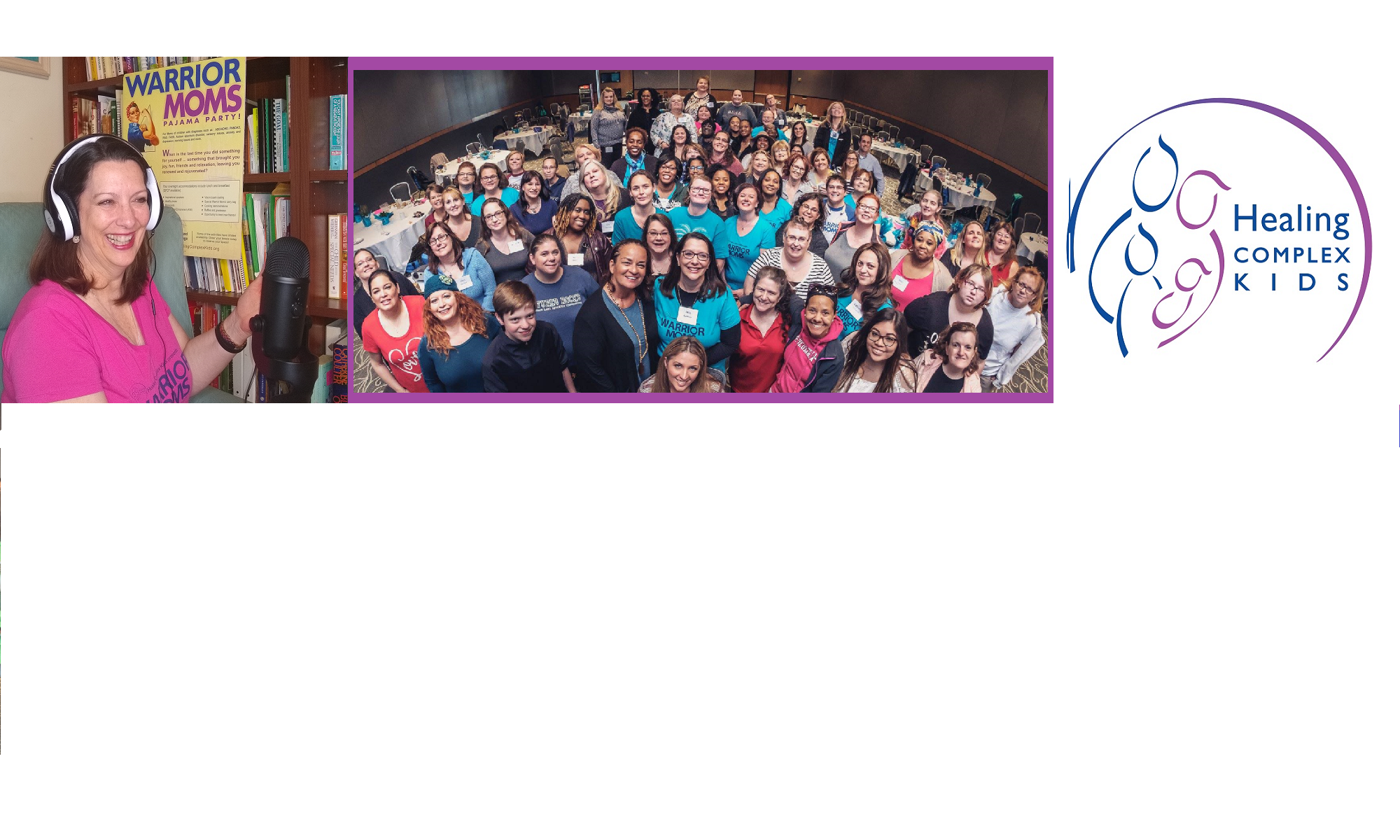
In the search for a cause and cure for neurological disorders such as autism, ADHD, OCD and others, medical experts and researchers have recently focused on our environment and how it relates to neurological development. Some of the environmental factors being looked at include: air pollution and other sources of heavy metal toxification, genetically modified food, parental age, processed food and diet, screen time, ultrasounds, and vaccinations. Fortunately, if an environmental factor is the cause of your child’s disorder, there are a variety of approaches you can take to possibly reduce or eliminate their symptoms.
Five common factors that can affect neurological development include:
- Heavy metals
- Processed foods
- Other dietary issues that cause allergic reactions
- Bacteria and/or viruses
- Neuro-physiological development
This is an excerpt from the Pathway to HOPE Resource Guide. To learn more about these environmental factors and how to remediate them, purchase your copy (Oakland County, MI residents pay only S&H thanks to a grant from United Way of Southeast Michigan and from Oakland County government), visit https://healingcomplexkids.org/product/2021-pathway-to-hope-resource-guide/.

